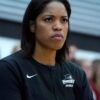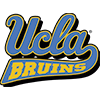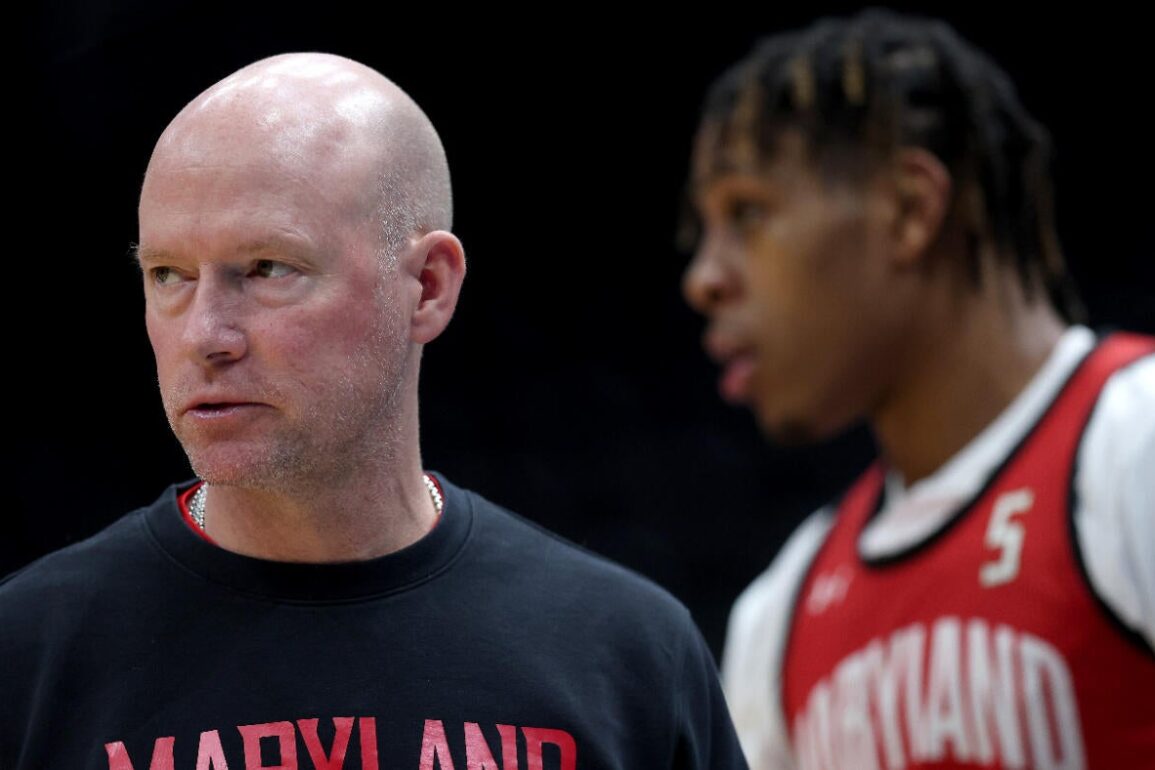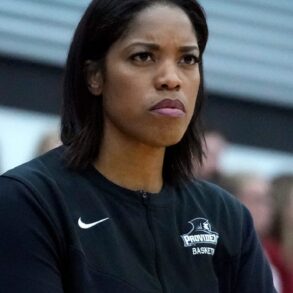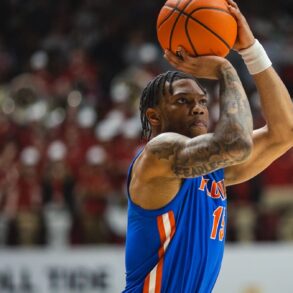The long-awaited House v. NCAA settlement is finally a reality, paving the way for universities to pay their athletes directly starting on July 1.
There is a lot to consider in what could be the most consequential day in college sports history. How are schools going to actually pay their athletes? Who will be policing this new revenue share world? Will much-needed stability actually come from a House settlement some have hyped as a magic bullet?
Within it all, there are some clear winners and losers who will have their realities dramatically changed in this new post-House world.
Winner: Athletes in the ‘revenue’ sports
It won’t be exclusively football and men’s basketball athletes who will benefit from the House settlement, but they are certainly the biggest benefactors. Those two sports have propped up athletic departments for years, generating the bulk of the revenue and seeing none of the profits. Now schools will have to pay their top athletes considerable money on top of the NIL money they can make elsewhere that’s already been a major boon for many of them.
It is stunning how far things have come in just the last decade, from fights over what are now relatively paltry cost-of-attendance stipends to a world in which football and basketball players can and do make millions.
Loser: Renegade boosters
The early years of NIL featured unique characters like Miami booster John Ruiz who weren’t shy about being willing to spend big money to see their favorite teams win. The money has exploded in recent years from the reported $20 million Ohio State team that won the national championship last season to the $40 million roster era as Indiana’s Curt Cignetti told CBS Sports this spring. In theory, those days are over.
Yes, there is considerable industry skepticism about how a clearinghouse called NIL Go will actually hold up to legal scrutiny and stop boosters from using NIL solely as “pay to play,” but if it does work, as the NCAA and Power Four conferences desperately hope it does, the days of spending $3 million on a defensive end for NIL will be over and eliminate an advantage schools with especially well-heeled boosters have exploited the last four years.
One additional note here: Schools that can tap into local businesses willing to spend real NIL money will be at a big advantage if NIL is strictly policed for “fair market value” as the clearinghouse intends. If your school campus happens to be located in a lucrative metro area, even better.
Winner: The future of collective bargaining
Now that the concept of paying athletes directly is a reality, look for attention to turn to collective bargaining/employment/unionization as the next big topic college sports has to grapple with. There are organizations including Athletes.org that have anticipated this moment and are ready to help push for collective bargaining to help solve many of the new issues that come with the House settlement’s approval.
College athletes becoming employees is the nightmare for many college administrators but you’re seeing a warming to the idea of collective bargaining, including recently from University of Tennessee chancellor Donde Plowman and AD Danny White. A looming case, Johnson v. NCAA, may well rule that athletes should be considered employees. In the meantime, look for more and more ADs and other college sports executives to come around to the idea collective bargaining might be the best hope.
Loser: Amateurism
The “student-athlete” moniker has long been a fraud and part of the NCAA’s original sin, but its death becomes official now that universities are able to pay their athletes directly beginning July 1. This has been a long, long time coming and the result of major lawsuits — O’Bannon, Alston and House, to name three — and state laws building to this big moment. Not all fans may like it, but the days of top athletes only receiving room and board are over.
Winner: The Big Ten and SEC
The two richest conferences that will get more money from the College Football Playoff and their TV rights deals than their fellow Power Four brethren (ACC and Big 12) are set up well for this new revenue share world. That’s not exactly a new development — those conferences were doing pretty well in the old system, too — but it should cement their reign over college athletics. And if we see future realignment, or consolidation, more likely it will be because of a deep desire to be in one of these two conferences to help pay for the ballooning expenses that come with revenue sharing.
Winner: Big East basketball
Much of the House settlement focus will be on football but the Big East has set itself up well to benefit in college basketball. We’ve already seen Big East schools work an advantage headed into the 2025-26 season, committing more revenue share money for men’s basketball than many of their peers because they don’t have to worry about spending tens of millions on football.
‘He played us like a drum’: Inside Kevin Willard’s turbulent Maryland departure
John Talty
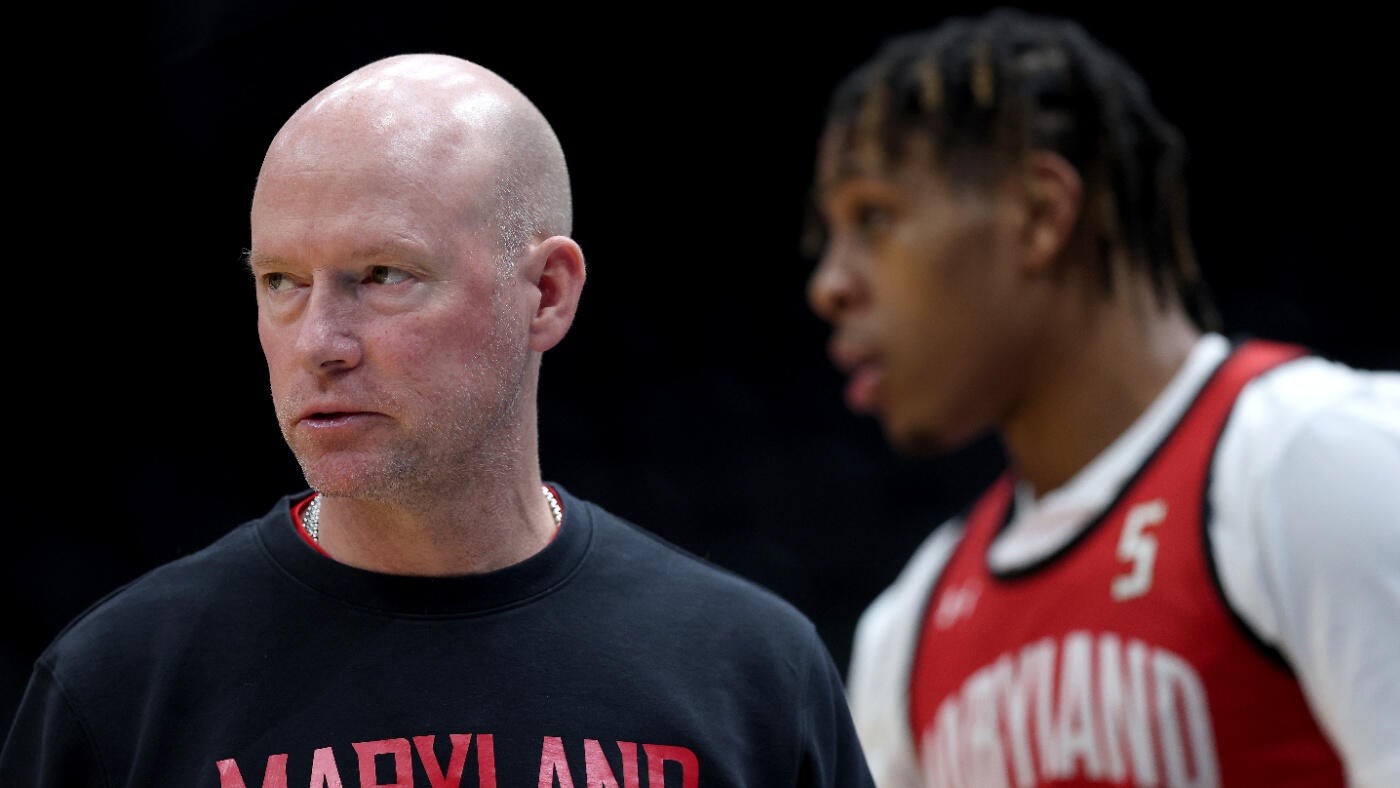
In theory, at least, Big East schools could spend the entire $20.5 million salary cap on just basketball. Or, more realistically, spend $8-10 million when schools in the Big Ten and SEC are largely in the $2.5-$4 million range. There has been talk about some conferences trying to instill sport-specific spending caps, but there is real skepticism that would fly sport-wide. Assuming it doesn’t, the Big East, along as its schools can come up with the cash without the big football-driven TV rights deals, could have a significant money advantage in revenue share spending.
Loser: Group of Five schools
For years now there have been comments about the chasm between the haves and have-nots growing larger, but that is only amplified with this settlement. It will be increasingly difficult for Group of Five schools — and even some smaller Power Four schools — to keep up with the bigger schools if they can’t fully fund the $20.5 million cap, which will only go up in the years to come. You’ll see schools partially fund in certain areas, including football and basketball, but it might be in the $2-3 million range for football when SEC and Big Ten schools will annually spend $13-16 million. There may still be some David vs. Goliath upsets in football like we saw last year (say, NIU over Notre Dame), and if the College Football Playoff format remains the same one, Group of Five school will still make the playoff, but it’ll be more challenging than ever for those schools to compete at the highest levels.
Loser: Non-revenue sports
Similar to the Group of Five concerns, the Olympic sports at many universities face a tough path moving forward. When athletic departments now have to share the revenue, it gets harder to pay for sports that lose money, which is everything that’s not football or basketball outside of a few exceptions at different schools. What does this look like in practicality? The doomsday option is eliminating sports altogether which some schools are already doing with sports like tennis that neither bring in revenue nor television exposure.
The less aggressive yet still impactful measures could include reducing scholarships, refusing to give coaches raises and even cutting back on the free, meals available to every athlete. Athletic directors are looking for places to cut expenses everywhere and the non-revenue sports will be a popular place to look.
Winner: Billable hours
As the saying goes, billable hours are undefeated. That’s certainly true with the House settlement. The class action counsel, led by Jeffrey Kessler and Steve Berman, are expected to receive a whopping $484 million for their work in bringing the class-action lawsuit to completion. Considerable money has been spent by the NCAA and House defendants on attorneys, too. And, of course, there will likely be more lawsuits to come — especially from a Title IX angle — once the schools begin officially paying athletes. There’s never been a better time to be a lawyer with an interest in college sports.
This post was originally published on this site be sure to check out more of their content.


